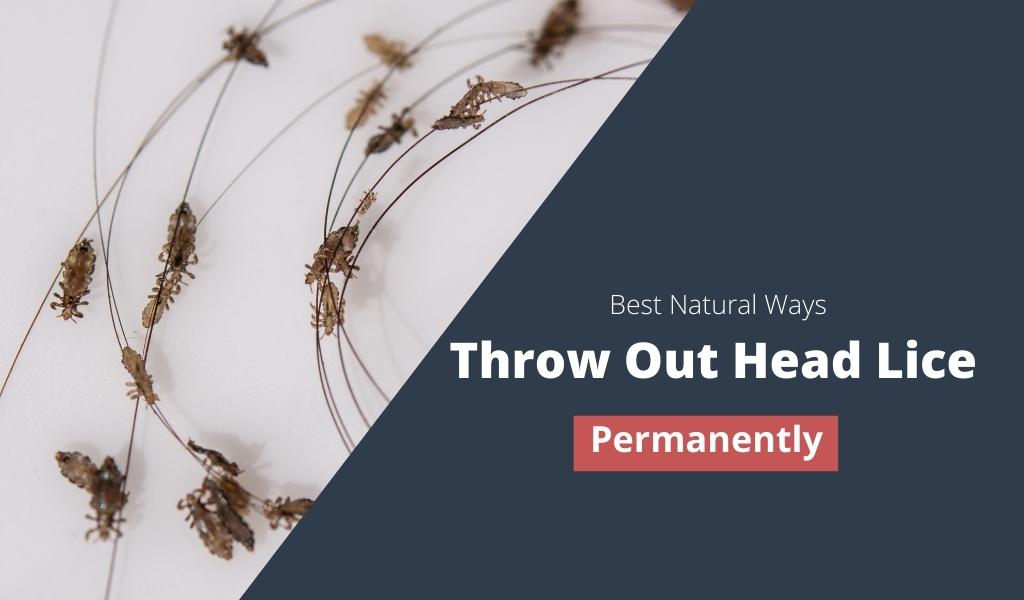Head Lice are quite common, affecting both children and adults. However, Head Lice are most prevalent in school-aged children. When children or families are playing, snuggling, or working together, lice move from one scalp to the next.
The only way to catch head lice is to come into contact with someone who already has them. It is often assumed that if your hair is really unclean, you are more prone to having head lice. According to Wikipedia, head lice infections are unrelated to hygiene.
Another common misconception is that animals, like cats and dogs, have a role in transmission. This is also false since lice cannot survive on the blood of these animals.
If you discover that your family has lice, notify everyone with whom you or your children have had head-to-head contact, since this is critical in disrupting the cycle. This allows them to swiftly check for lice and treat their family. Maintain vigilance and inspect scalps on a daily basis during a lice epidemic.
It is important to remember that you do not have to treat your loved ones if you do not see any lice on them. Washing or treating a lice-free head is likely a waste of money and time.
The life cycle of lice

1. Lice do not live long, but they make their presence felt
The louse’s life cycle begins with a female depositing her eggs, which are known as “nits.” Nits are tiny, smaller than the size of a pinhead. They are also tough, sticking to the hair shaft near the scalp with a glue-like attachment. This is why it is so difficult to get rid of head lice permanently.
Lice eggs hatch approximately a week after they are deposited, and young lice develop around ten days later. When they reach maturity, they are ready to lay new nits, and the infestation begins. It takes around thirty days from egg-laying to the natural demise of the horrible insect.
If your head lice fall off your scalp and do not find their way back to a human head, these 2mm organisms have just two or three days to live.
2. Natural lice removal options
There are a few possibilities if you do not want to test pharmaceutical medicines and want a more natural cure. Unfortunately, these are not scientifically proven, so be aware that they may not effectively battle the infestation or permanently eliminate head lice.
3. Tea Tree Essential Oil
Tea Tree Oil is popular in natural hair treatments, but experts are suspicious. They claim that further study is required before this product can be deemed to function in all situations. Be cautious if you decide to use Tea Tree Oil on a lice-infested scalp. The substance is potent and might have harmful adverse effects. In its purest form, it should not be used on babies, young children, or pregnant women. A tiny spritz of diluted tea tree oil or lavender oil on your child’s hair before school is also said to stop head lice from choosing your child’s head as their next new home.
4. Vinegar
Vinegar is said to be a lice-icide, although the jury is still out on that one. The acid in vinegar may kill immature lice, but it does not have the quality to kill adults. It does, however, aid in the removal of nits since the acetic acid dissolves the adhesive that adheres them to the shaft. This greatly simplifies combing out those sticky eggs.

5. Extra Virgin Olive Oil
Olive oil is another common alternative. Some preliminary research suggests that olive oil can be used to cure lice. But don’t get too enthusiastic since it might take up to 8 HOURS for the lice to die. Furthermore, the olive oil therapy is unsuccessful in destroying nits, so they would have to comb them out to end an infestation. If you want an all-natural solution, you might try combining oil and vinegar to release the nits.
6. Patience and a hair conditioner
One of the most successful non-pharmaceutical treatments is to comb out nits and lice patiently with a special nit comb and any white-coloured regular hair conditioner. The white colour makes the lice more visible. Furthermore, the conditioner serves to slow lice down as you work, making this approach successful.
If you have ever attempted to get a small child to sit still for this operation, you would not want to go through it again. Friends have described waiting for their children to fall asleep before laying them on the floor with a towel under their heads and starting this procedure.
5 Easy Steps to Natural Head Lice Removal
There are various natural solutions for getting rid of head lice or nits. These are typically simple to do at home and are suitable for use on young kids. Washing your hair with vinegar and water, applying a mixture of essential oils to the scalp, and using a fine-tooth or electric lice comb are all home cures.
We recommend that after finishing any of these treatments, you wash all of the infected person’s clothes, bed sheets, soft toys, brushes, and hair accessories in hot water (over 140°F or 60°C) for about 30 minutes. This will aid in the removal of any eggs, surviving nits, or lice that may be hiding on the surfaces.
The 5 steps for naturally getting rid of head lice and nits are as follows:
1. Use vinegar to wash your hair
The first step is to wash your hair with a vinegar-and-warm-water combination. Vinegar has the ability to destroy and remove nits and lice. This combination should be applied to the whole scalp.
Ingredients:
- 1 cup vinegar (preferably apple cider vinegar)
- 1 cup of warm water
Method of preparation:
In a mixing bowl, combine 1 cup vinegar and 1 cup warm water. After that, apply this mixture to your scalp and cover your hair with a hair cap. Allow for around 30 minutes for this to settle. Then, as normal, use your regular shampoo to wash your hair.
2. Make use of an essential oil blend
The second step is to apply an essential oil combination straight to your scalp and hair, cover it with a hair cap, and let the mixture work for 20 minutes.
Ingredients:
- 50 mL coconut oil;
- 2–3 drops of essential tea-tree oil;
- 2–3 drops of essential ylang-ylang oil;
- 50 mL apple cider vinegar
Method of preparation:
Combine all of the ingredients and apply them immediately to your hair. Allow it to sit for 20 minutes before rinsing with your regular shampoo.
3. Use a fine-tooth comb to comb your hair
The final step is to run a fine-tooth comb from scalp to hair ends, gently combing over each segment to ensure that every inch of your hair is completely inspected and combed.
Instead of a fine-tooth comb, use electric lice comb on dry hair, which is more effective in detecting and eliminating lice. This comb emits a continuous sound when turned on and a more intense and higher-pitched sound when a louse is detected. The electric comb generates an ultrasonic frequency that is undetectable by humans but fatal to lice.

4. Use hot water to wash your garments
Lice may be spread via brushes, combs, caps, pillowcases, or bed linens. As a result, it is critical to wash these items often in order to avoid infection or transmission of the parasite to another individual.
To kill lice, any materials that have come into contact with afflicted scalps, including bed sheets, blankets, garments, soft toys, hair bands and ties, hats, caps, carpets, pillowcases, and couch coverings, must be washed in hot water at a temperature above 140°F or 60°C.
5. Repeat all of the previous instructions after 9 days
Because lice have a 9-day life cycle, nits that were not eliminated after the initial treatment may grow into lice during this time frame. As a result, we recommend that you repeat all of the measures nine days following the initial treatment. This ensures that all lice are destroyed.
What to avoid while getting rid of head lice permanently
Avoid using a hair dryer to dry your child’s hair after applying a lice treatment. Some treatments may contain combustible substances, and the hair dryer might blast those annoying lice onto someone else’s head.
- Do not wash your child’s hair before or for one to two days after administering lice treatments.
- Avoid using insect spray or hiring an exterminator to deal with the infestation around your home. As previously stated, leaving their host implies definite death for head lice.
- Resist the urge to give your children the dog’s flea treatment! It will most likely just harm their scalps.
- Do not use the same drug again. If you’ve taken the same drug more than three times, it’s time to consult a doctor. Your doctor can assist you in locating an alternative treatment.
Tips to avoid re-infestation
Once you have gotten rid of the lice and nits, it is critical to attempt to keep them away. Here are some of the greatest ways to keep these cunning parasites at bay:
- All combs, brushes, and hair accessories should be cleaned in hot water—at least 65°C. Wash any caps, pillows, and soft toys in hot water as well, and then dry them for at least 15 minutes.
- For a few days, place all non-washable things that may have come into contact with lice in an airtight plastic bag.
- Give your carpets a thorough vacuuming.
- Make sure your children understand the need to avoid head-to-head contact, both on the playground and at home. Explain that they should not share hair accessories such as hats, combs, or brushes.
- It is also critical to avoid sleeping on any bedding, pillows, or carpets that have been used by someone with lice in the last 48 hours.
- If anyone in your household has come into contact with a lice-infested person, check their hair every three or four days for lice or nits.
- Tie long hair back during a lice epidemic at school or childcare. This makes it harder for lice to spread to your child’s hair.
- Plastering your child’s scalp with hairspray or gel might also make it difficult for lice to enter their hair.
- Remember that no product, no matter how promising the advertisement, can guarantee that your child will not catch lice.
Head Lice: Be cautious but not panicked
A head lice infestation does not imply that you or your children are filthy. Lice do not care if you are dirty or clean, well off or poor. Anyone can discover lice on their child’s head. Make it clear to your children that this occurs to everyone and that you will assist them in getting it resolved as soon as possible. Despite their embarrassment, it is ultimately a part of the human condition. The lice will be a distant memory once they have received treatment.
Again, if you are unable to remove lice from your family’s heads, schedule an appointment with a doctor and seek expert assistance.


